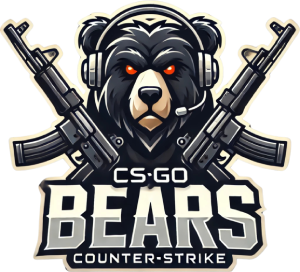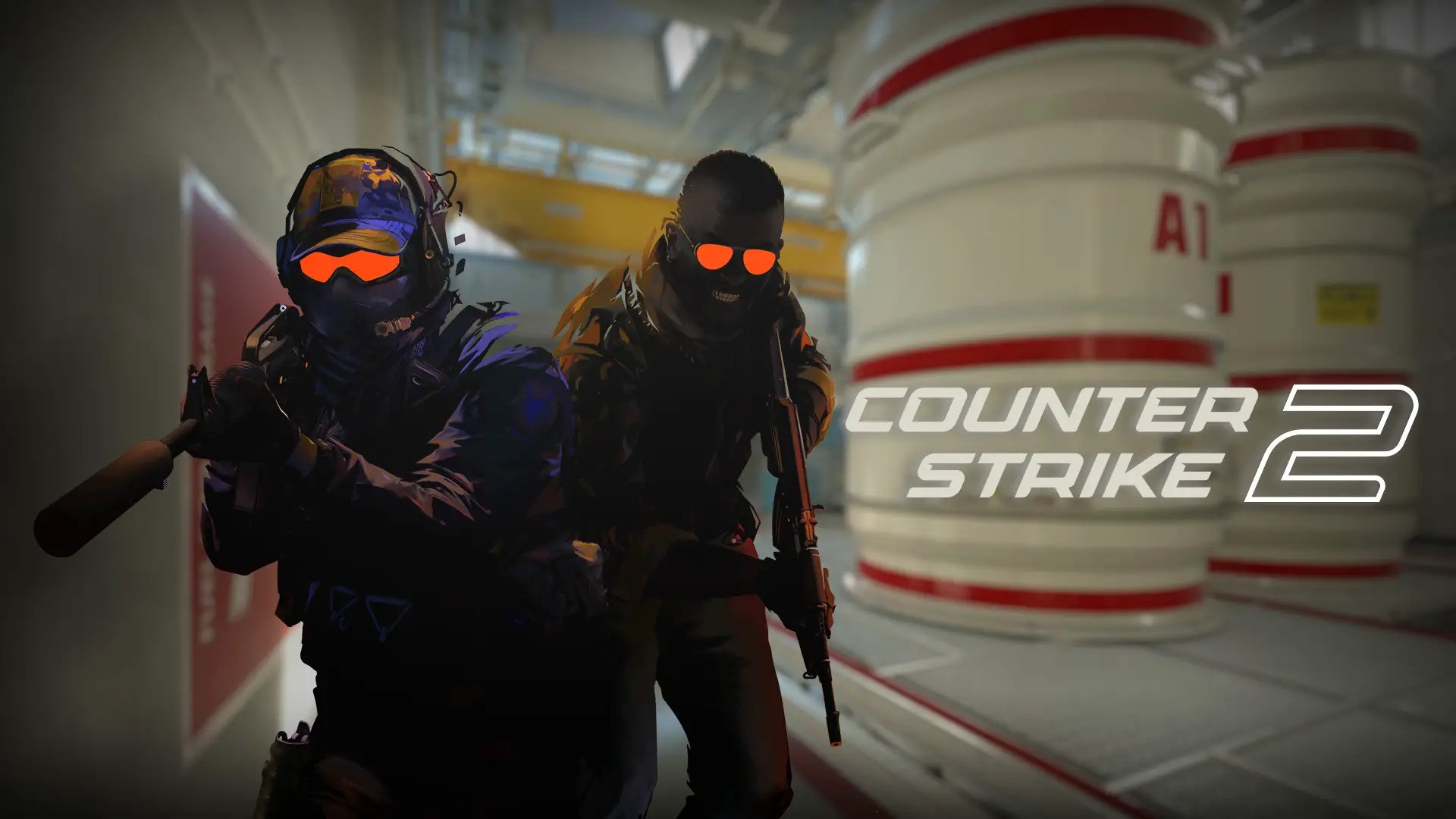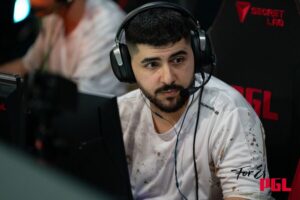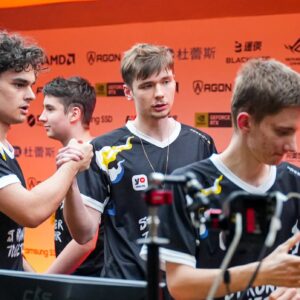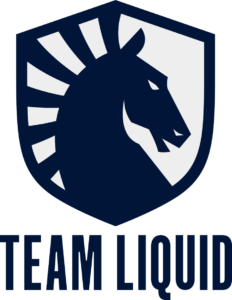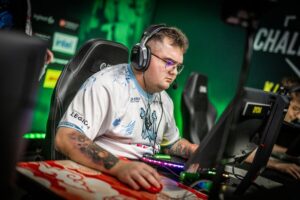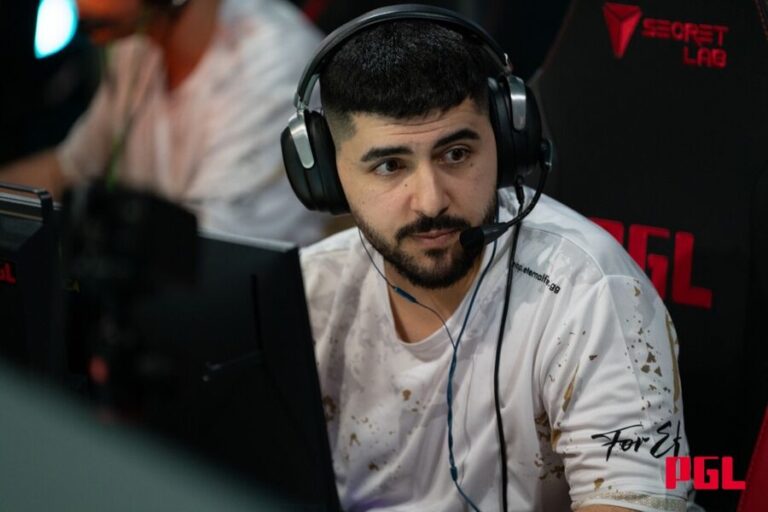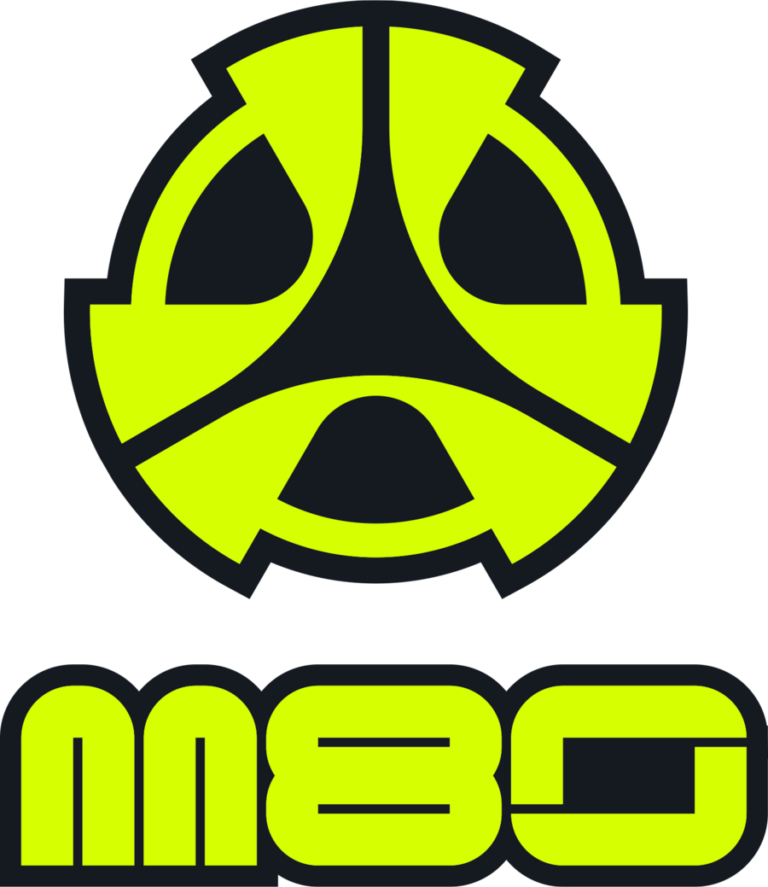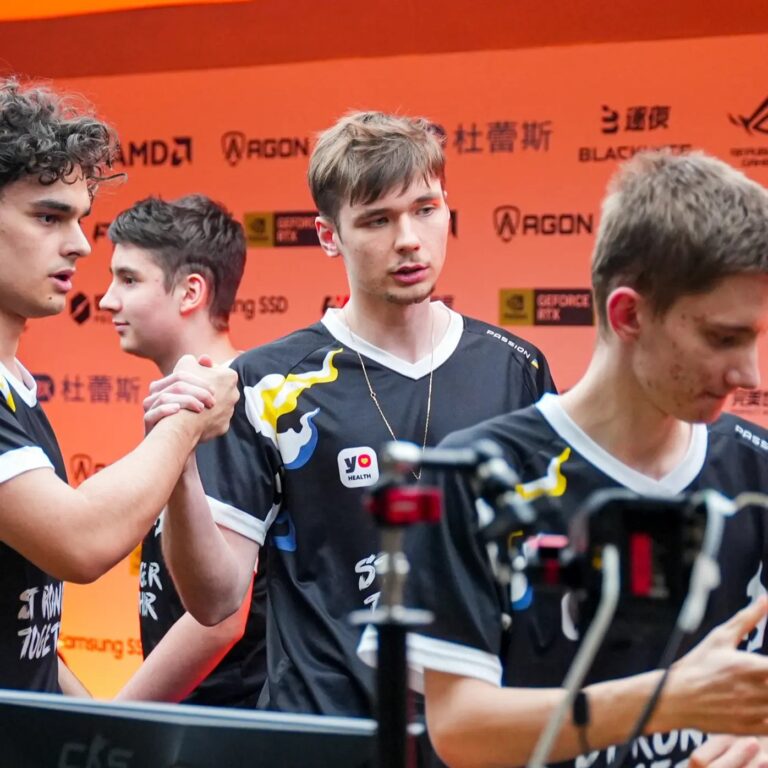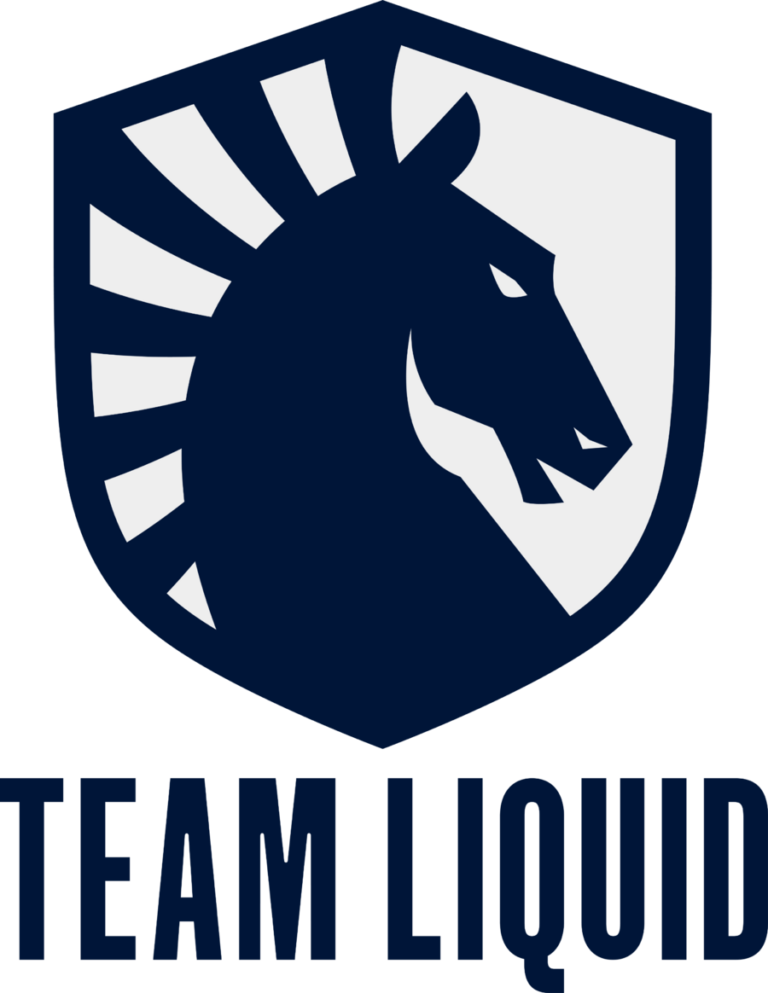The noclip mode in Counter-Strike 2 (CS2) is an indispensable tool for players and map developers. Allowing users to fly through walls and explore maps without physical boundaries makes it much easier to inspect hidden spots, test line-of-sight scenarios, or analyze map layouts in detail. To unlock this powerful feature, you’ll need to use the developer console, a handy interface for customizing your gaming experience.
While noclip mode may sound complicated, binding it to a key ensures quick and seamless activation, making it even more accessible during practice sessions. This guide will walk you through the exact steps needed to set up noclip and optimize its use in CS2.
When to Use Noclip?
Noclip mode is a powerful feature in CS2, but its utility depends on the situation. Its primary use is in map analysis, allowing players to move freely through walls, floors, and other barriers. This unique ability makes it invaluable for casual gamers and professionals looking to refine their skills. Combined with adjustments like pro CS GO settings, noclip becomes an essential tool for developing advanced strategies.
Map creators and testers significantly benefit from noclip. It lets them explore intricate map details, test out hidden spots, and debug potential issues without the constraints of standard gameplay. For players, noclip provides an opportunity to explore corners and angles that could otherwise be missed during regular play. Whether you’re finding perfect grenade throws or analyzing your opponents’ positions, noclip simplifies the process.
| Scenario | Purpose |
| Map Testing | Ensures proper collision, spawn placement, and accessible areas. |
| Skill Refinement | Practice line-ups for grenades, smokes, or flashes without obstructions. |
| Bug Identification | Debug issues like stuck spots or invisible walls. |
| Training Customization | Create personalized scenarios to improve your reaction and positioning. |
Considerations for Noclip Mode
While noclip mode is a fantastic tool for improving gameplay and testing maps in CS2, it’s crucial to use it responsibly. Since this mode bypasses the usual rules of the game, ethical considerations should always come into play. It’s designed for private sessions, practice servers, and development purposes—not for public matches.
Noclip should never be used to gain an unfair advantage in competitive games. Activating it in public servers not only breaches the integrity of the game but could also result in bans or other penalties. Instead, reserve noclip for local games or private servers where its use doesn’t affect others.
The noclip mode can sometimes distort the player’s understanding of a map. Without the usual constraints of movement and visibility, relying too heavily on noclip might hinder actual gameplay skills. Players should balance noclip use with regular gameplay to maintain a realistic perspective.
The Bind Command Structure
To make the most of noclip mode in CS2, you’ll need to understand the bind command structure. This system allows players to assign specific actions, like activating noclip, to a single key. Using the developer console, you can enter a simple line of code that binds the noclip command to a key of your choice.
The general structure of a binding command in CS2 is straightforward:
bind [key] [command]
- Key: This is the button you want to use to activate the action (e.g., F1 or N).
- Command: The action or function to be executed, such as noclip.
For example, to bind the noclip command to the N key, you would enter the following in the console:
bind N noclip
Steps to Access the Developer Console
Before entering the command, ensure the developer console is enabled in your game settings:
- Open the Settings Menu in CS2.
- Navigate to Game Settings and allow the Developer Console.
- Use the default key (usually the tilde key ~) to open the console during gameplay.
Step-By-Step Guide to Bind Noclip in CS2
Binding noclip in CS2 is a straightforward process that enhances your ability to practice, explore maps, and debug issues. Follow this detailed guide to set up a key binding for noclip.
Step 1: Enable the Developer Console
- Open CS2 and navigate to the Settings Menu.
- Locate the Game Settings tab.
- Look for the option labeled Enable Developer Console and toggle it to Yes.
- Save your settings and exit the menu.
Step 2: Open the Console
- Press the tilde key (~) on your keyboard to bring up the developer console.
- If the console doesn’t open, double-check that it’s enabled in the settings.
Step 3: Enter the Binding Command
In the console, type the following command to bind noclip to a specific key:
bind N noclip
- Replace N with any key you prefer.
- Press Enter to confirm the command.
Step 4: Activate Noclip
- Press the key you bound (e.g., N) to toggle noclip mode on and off.
- If noclip doesn’t activate, ensure cheats are enabled by entering this command in the console:
sv_cheats 1
Visual Guide to Commands
| Command | Description |
| bind N noclip | Assigns noclip toggle to the N key. |
| sv_cheats 1 | Enables cheat commands (necessary for noclip). |
| noclip | Toggles noclip mode manually. |
Essential Commands for Noclip Mastery
While binding noclip to a key is the main focus, there are additional commands in CS2 that complement noclip mode and make your practice sessions even more effective. These commands allow you to fine-tune your gameplay and explore maps more efficiently:
- sv_cheats 1
This command is mandatory to enable cheats in your session. Without it, noclip and other advanced features won’t work. - god
Enables God Mode, making your character invincible. This is particularly useful when testing explosive damage or experimenting with difficult spots. - host_timescale [value]
Adjusts the game’s speed. For example:- host_timescale 0.5: Slows down the game to half-speed.
- host_timescale 2: Doubles the game speed.
- give weapon_[name]
Spawns a specific weapon for testing. Replace [name] with the desired weapon, like weapon_ak47 or weapon_awp. - cl_showpos 1
Displays your exact position, including coordinates and angle, which helps line up grenades.
Combining Commands for Efficiency
For a smoother experience, you can combine these commands into a single key bind. For example:
bind M “sv_cheats 1; noclip; god”
This binds noclip, cheats, and God Mode to the M key, streamlining your testing process.
By mastering these commands, you’ll not only make the most of noclip mode but also optimize your practice sessions in CS2.
Make Sure to Restart and Save Settings
After setting up your noclip bind and other commands in CS2, it’s essential to save your changes and restart the game if needed. This ensures that your settings persist and work seamlessly in future sessions.
CS2 settings, including key bindings, can be saved manually by creating a configuration file. Follow these steps to save your binds:
- Open the Developer Console (~ key).
- Type the following command to write your current settings to a configuration file:
host_writeconfig
- This command saves your custom binds and settings into the game’s default config file.
While most commands take effect immediately, specific advanced settings may require a proper game restart. This ensures that the developer console and associated commands load correctly during gameplay.
Conclusion
Binding noclip mode in CS2 is a game-changer for players looking to refine their skills, explore maps, and easily test scenarios. By following this guide, you’ve learned how to enable the developer console, use the correct command structure, and save your settings for long-term convenience.
Noclip mode isn’t just a tool; it’s an essential resource for map creators, professional players, and casual gamers alike. When combined with complementary commands like god and host_timescale, noclip becomes a powerful feature for practice and debugging. However, ethical use is crucial—always confine noclip to private sessions to maintain fair gameplay in public matches.
Take full advantage of the customization options in CS2 by saving your settings and experimenting with binds that enhance your training experience. With this setup, you can elevate your gameplay and optimize your time in CS2.
